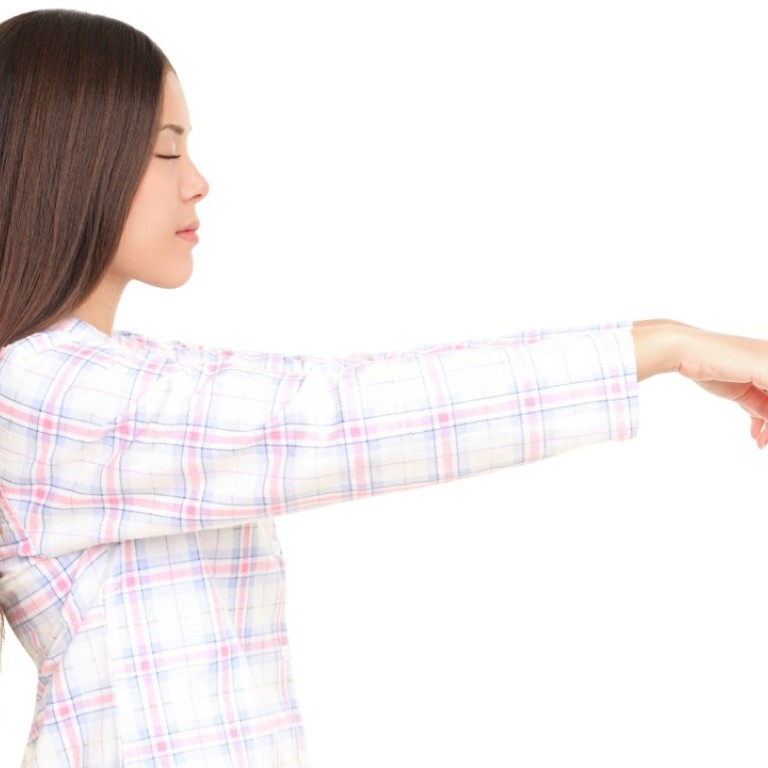
I’ve been a sleepwalker since I was a teen. My sleep paralysis is more scary, though
Alkira Reinfrank never grew out of sleepwalking and started to suffer sleep paralysis episodes in her 20s. She talks to a sleep expert about why it happens and how to overcome what can be terrifying – and dangerous – experiences
In the dead of night, I wake, sensing a presence in my flat. My eyes dart around my small studio apartment, trying to find any point of reference. Then I see him. From my bed, I can make out a shadowed figure crouching in my kitchen sink. It’s too dark to make out details, but I know he’s there, watching me.
I’m frozen. My scream is stuck in my throat. He sits between me and the door; between me and my escape. I can’t move, but I have to. My body is limp, but my mind is on fire. After what seems like a few minutes I somehow tear away from my paralysed state and race across the room for the door.
Can you get too much sleep? And is it bad for you?
As soon as I grasp the cool handle, a wave of realisation washes over me. Slamming on the lights, I whip around, confirming I am actually alone. It’s just me, my heaving breath, and my pounding heart.
“It’s OK,” I tell myself, my body still coursing with adrenaline. “It’s not real.” But what had I just experienced? What felt like a terrifying attack of sleep paralysis seemed to somehow morph into an episode of sleepwalking – or rather sleep sprinting. But is that even possible?
Strange night occurrences are nothing new for me. I have been a sleepwalker since I was a young teenager – episodes triggered after long weekends playing sport resulting in an exhausted body. Just a few weeks ago I managed to brush my teeth while asleep. Well, I tried to – the next morning I found toothpaste spread across the sink.
More common are my sleep paralysis episodes, where I wake paralysed and see a face or person in my room for a few terrifying seconds. The episodes only began in my early 20s, and are a frequent reminder of building stress or anxiety levels.

On their own, each type of episode has never really worried me greatly as I have heard about both before. But I have never actually experienced what seems to be a strange mix of them, and never have I come so close to running out the door, or so I can remember.
Sleep paralysis occurs when your mind is conscious but your body and your vocal cords are paralysed. They last for anything from a few seconds up to a couple of minutes, and some people even feel that they cannot breathe or are being choked.
“Sometimes during the attack of sleep paralysis, people will have sensory distortion, like seeing images or having a feeling like being pressed,” says psychiatrist Dr Joyce Lam Siu-ping, who is also honorary secretary of the Hong Kong Society of Sleep Medicine. “Those types of sensations we call ‘sleep-related hallucinations’. These two conditions go hand in hand. And because they happen together, it can be quite scary.”

Sleep paralysis is not categorised as a sleep disorder, but as a sleep phenomenon. It occurs during the transitional phases of sleep, such as when you are trying to fall asleep, and affects up to 50 per cent of the population, Lam says.
“People explain the inability to move as the mismatch of the stages of sleep in your body. So your mindset is still awake but your body is entering into an REM [rapid eye movement] state where the muscles become paralysed,” she says.
They may be terrifying, but the attacks are actually harmless.
While science cannot completely explain sleep paralysis, a number of cultures have their own explanations. Folklore often blames it on supernatural or underworld creatures. It is thought Henry Fuseli’s 1781 painting The Nightmare – in which a devil-like creature crouches on the chest of a helpless, sleeping woman – is associated with the phenomenon.
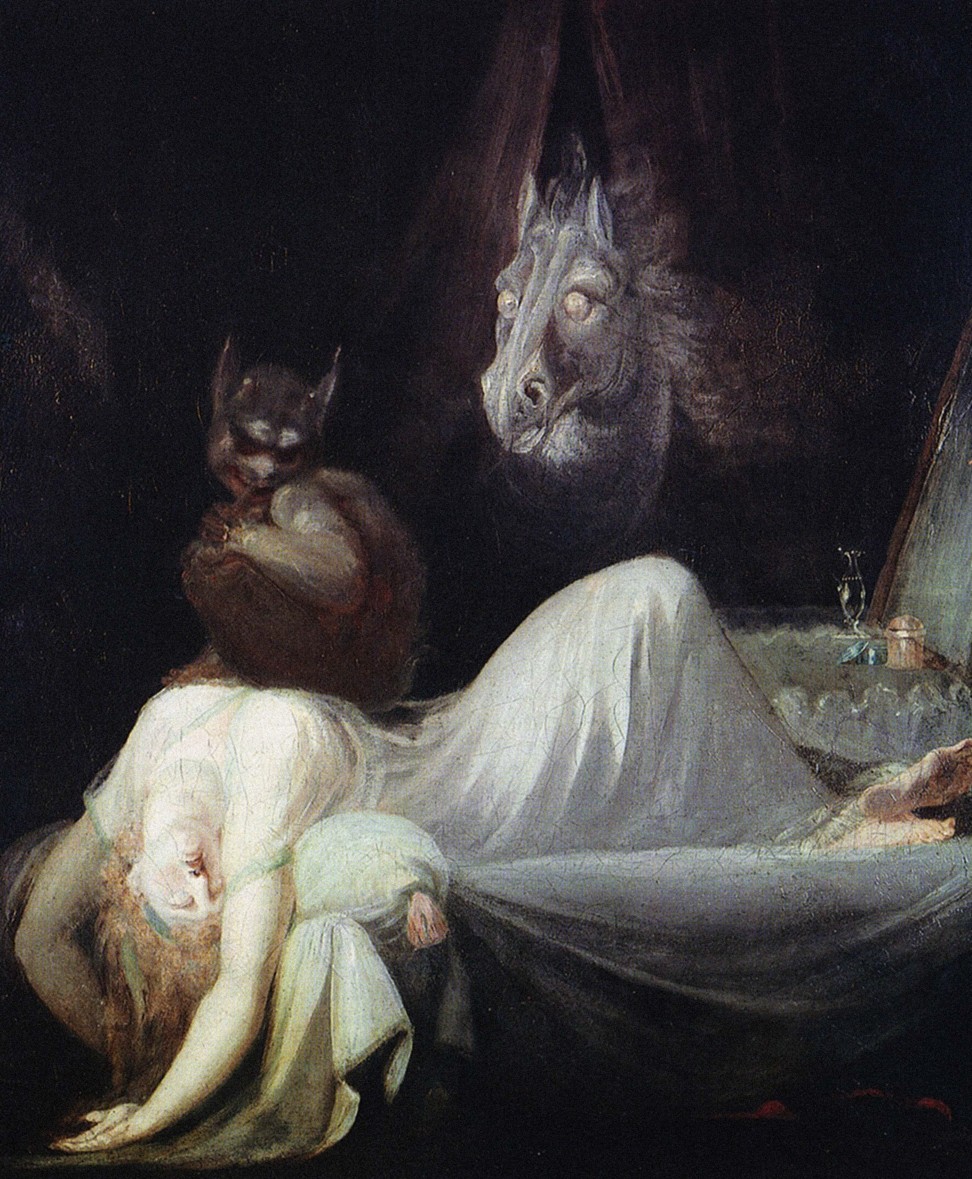
In Hong Kong and China, locals refer to it as “ghost oppression”, or the feeling of being pressed by a spirit. In Japan it is called kanashibari, which means being bound by metal. In Fiji, it is referred to as kana tevoro – being eaten by a demon – while in Nigeria it is described as the devil on your back. Lam says more modern manifestations exist in the US that involve UFO abductions or close encounters.
“You find that patients from different countries describe their experiences similarly, yet their belief in the underlying condition is very different,” she says. “In Hong Kong and China we rarely talk about UFOs, but in the West they talk about UFOs, and they have more reports [of alien close encounters].”
I have patients waking up in the middle of the night to cook food … [one] patient got food poisoning from the food they ate during an episode
It is believed that sleep paralysis is more common in people who suffer from narcolepsy, or who have a mental illness, and that it can start presenting in the sleep-deprived and stressful years of adolescence.
Sleep paralysis can be triggered by anxiety, stress and depression. While there is no cure, Lam says there are steps to take to reduce the risk, including managing stress levels and sleeping patterns. “Make sure you have good sleep hygiene, you are sleeping adequately, and you are not drinking too much alcohol or caffeine,” she says.
While sleep paralysis is not dangerous, sleepwalking can be. As the name suggests, this is the act of walking or performing other actions when you are in an unconscious state. “The area of your brain that is controlling the consciousness is still suppressed, but the motor skill area is active,” Lam says.
Occurring during the deep sleep state, it is most common in childhood, affecting about eight per cent of children, Lam says. “In the past it has been believed it’s a type of condition to do with your brain maturation, so it explains why as a kid grows up, the sleepwalking tends to subside. This is just a theory.”
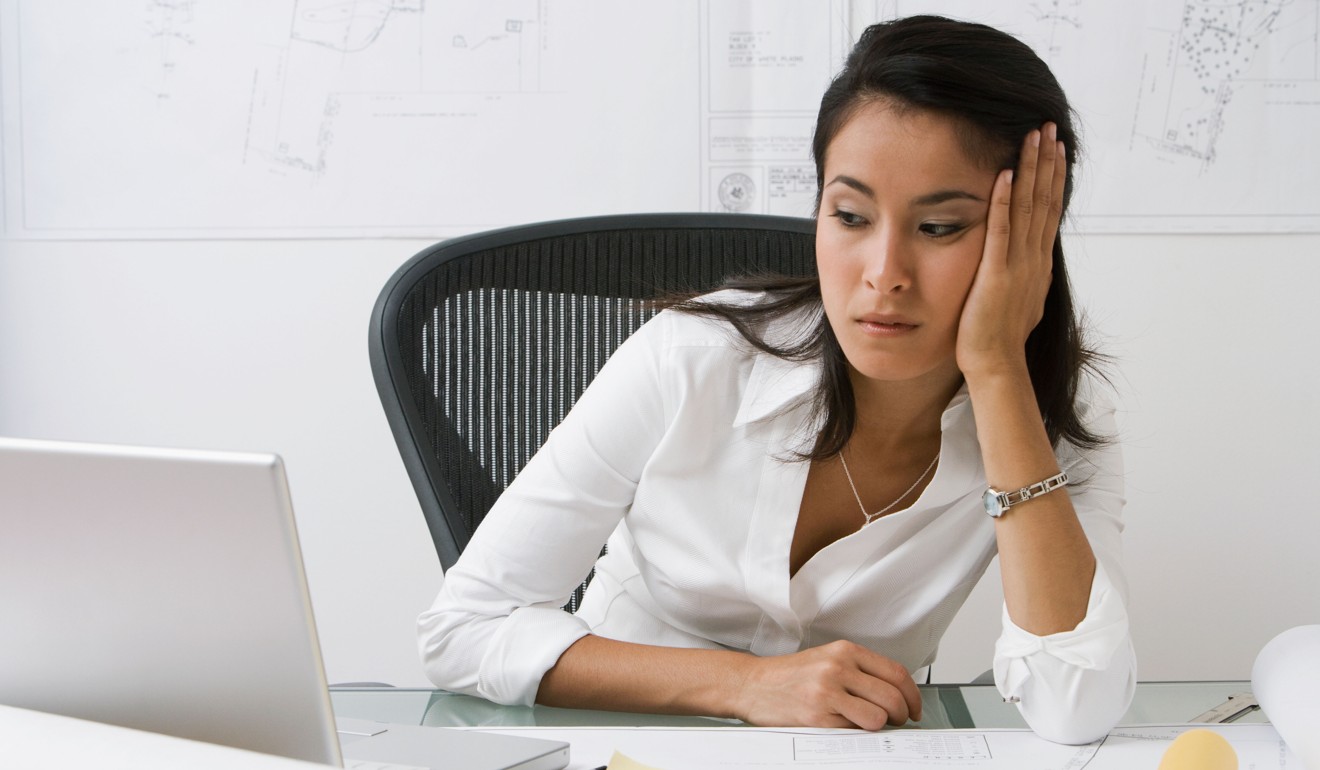
But where does that leave me, the 25-year-old sleepwalker? Apparently not all adults grow out of it. Lam says I’m part of the one per cent of the population that carry their strange sleeping habit into their adult years.
Sleepwalking itself is not harmful, but it can have dangerous consequences. “I have patients waking up in the middle of the night to cook food … One patient burned her pot and could have started a fire. I have another patient who got food poisoning from the food they ate during an episode.”
In extreme cases, there have been reports of people becoming violent while sleepwalking, although Lam says she hasn’t seen any cases of that in Hong Kong.
While science cannot explain why people go for unconscious midnight strolls, the condition is believed to be genetic, she adds. If your parents do it, there is a chance you could also experience an episode.
Don’t be like Hong Kong leader Carrie Lam with only 3 to 5 hours’ sleep, doctors warn
Like sleep paralysis, there is no treatment for sleepwalking, but Lam says finding triggers for these instances can help you gain the upper hand. For example, elevated stress levels, lack of sleep, illness (such as a fever) and the use of sleeping pills all have an effect on your sleep pattern, and could be a trigger. Lam says sleep apnoea can also be linked with sleepwalking, “so by treating your sleep apnoea, you may also treat the sleepwalking”.
As for my recent strange sleep episode, is it possible for both sleep paralysis and sleepwalking to happen in the same episode? Probably not, Lam says, because they happen at different stages of sleep. She explains it was likely linked to my stress levels.
“Since you have so many sleep transitions [when stressed or anxious], there is a higher chance of sleep paralysis and sleep-related hallucinations, or even a confusional state where you will mix all these things together.”
Five tips for a good night sleep
Falling asleep is not as easy as simply putting your head on your pillow and closing your eyes. In our fast-paced lives, filled with stress and digital distractions, it is sometimes hard to switch off and enter the dream world.
With one-third of the global population said to experience insomnia at some point in their lifetime, according to Australia’s Sleep Health Foundation, here are some things you can do to make it easier to get a good night’s rest.
Cut caffeine and alcohol
What you eat and drink during the day affects how you sleep at night. People with sleeping problems should avoid caffeinated drinks all together because they will disturb their “sleep architecture”, Lam says. If you can’t give up your daily cup of coffee, make sure you have it in the morning, cutting out all caffeine by the afternoon.
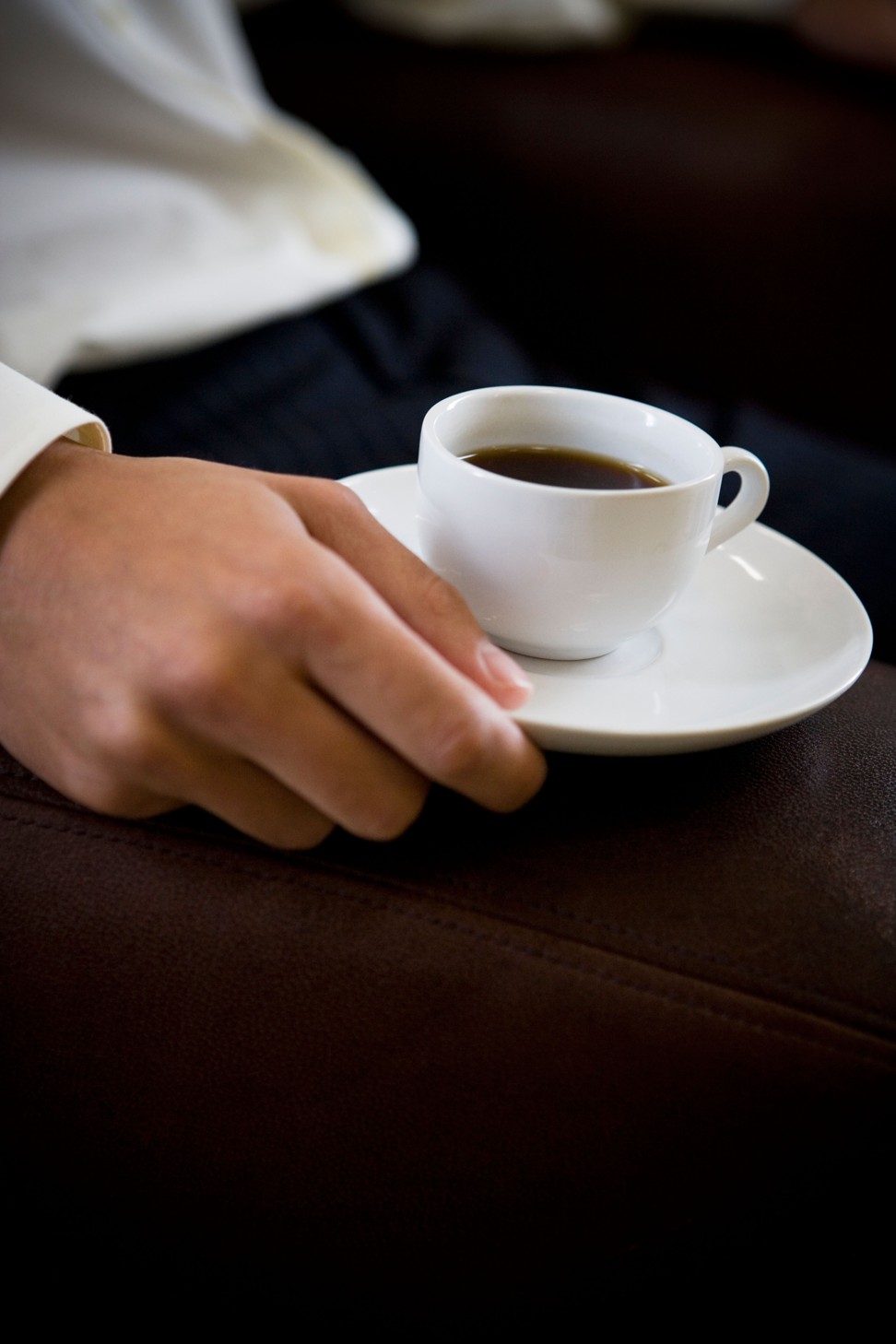
Stopping or limiting the amount of alcohol you drink will also help. While alcohol can help put you to sleep, Lam says after it wears off it will “actually make your sleep more fragmented”.
Have a regular sleeping schedule
After a long week at work, it is easy to want to sleep in on the weekends. Lam says, however, that having a sleeping schedule that does not vary day by day promotes good sleeping health. Sleeping longer on weekends “changes the circadian rhythm”, meaning you will find it harder to fall asleep.
Exercise daily
Making sure you are active during the day is one of the most important factors for putting you into a deep sleep at night. Exercise boosts endorphins (the feel-good hormone), gets the blood pumping, and pushes you out of the house or office and into the great outdoors. It also helps exhaust the body.
Don’t work out just before bed, though, because that will actually wake the body up.
Stress less
Being stressed during the day can lead to your mind being too busy and anxious to switch off at night. If you find yourself lying awake thinking about your worries, meditation can be used to help bring you into “a state of relaxation and promote sleep onset”, Lam says.
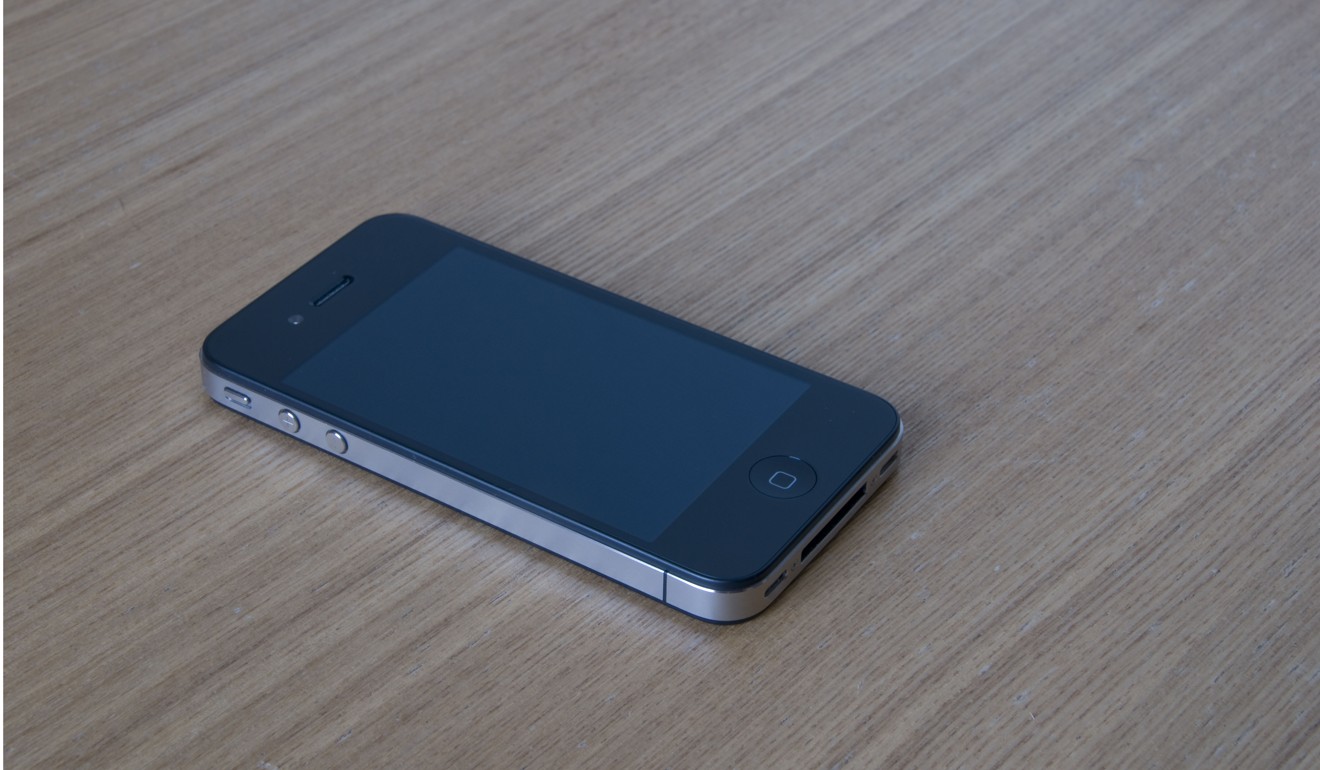
Switch off
In a world where your mobile phone is an extension of yourself, it may be hard to put your device down for an hour. But Lam says a 60-minute digital detox is necessary before bed for a full night’s sleep.
Digital detox tips and how to switch off from devices to avoid digital dementia: experts give their advice
“Stay away from electronic devices like computers, iPads and your phone,” she advises. “No matter if you are checking emails or playing games, that will keep your mind busy.” Try reading a book instead.

